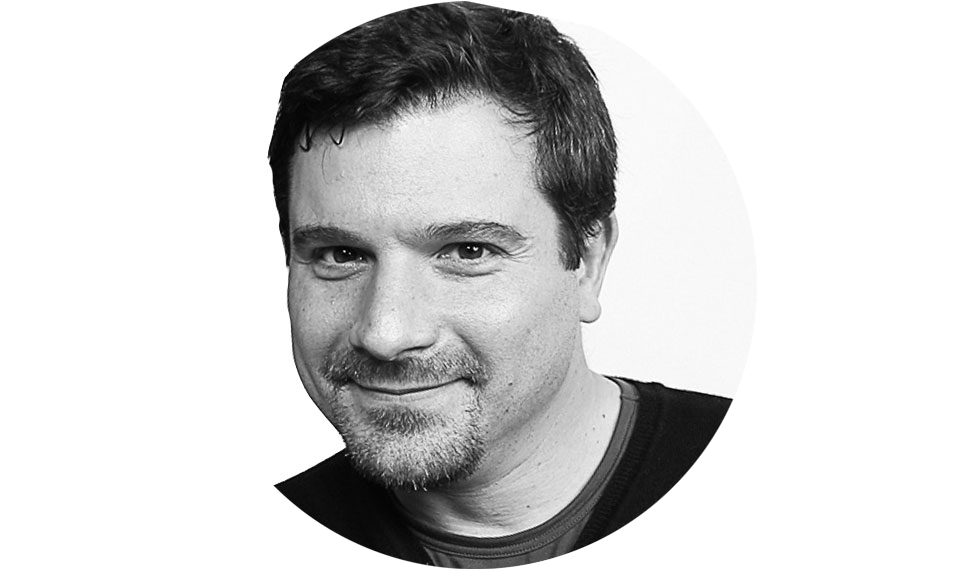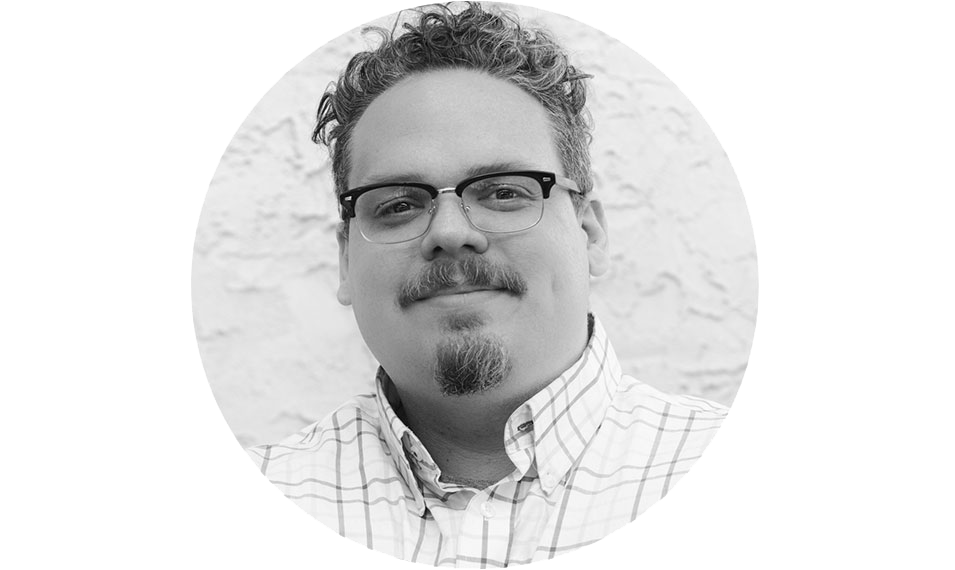Yosemite Valley
While Yosemite doesn’t get the honor of being our first national park, it is this area of vertical granite cliffs, placid meadows and rushing waterfalls that inspired our country’s long history of protecting public lands and irreplaceable scenery. We will explore the valley that inspired America’s greatest idea, particularly at night, when the stars hover over one of the most magnificent landscapes in the world.
Workshop Gallery
Workshop Details
October 24-29, 2021 — Completed
This is a 5-night, 6-day workshop. Your adventure begins early afternoon on Sunday, October 24, and ends after the final slideshow on the afternoon of Friday, October 29.
$1,950 + applicable taxes. Register below.
Skill level
Open to all who have an understanding of the basic principles of photography and of their cameras.
Group size
13, with 2 instructors — 7:1 ratio
NPS website
Our workshop mission is to explore every U.S. national park. As with all our Passport Series locations, it may be years (if ever) before we return to any specific park, or to a particular region of one. If you have a dream of making epic long exposures at night in the Yosemite Valley, we hope you join us.
Workshop Leaders
Registration
This event has passed. Thanks for your interest!
| • Deposit of $500 is required to reserve your spot at the workshop. |
| • Balance of $1,250 is due on July 26, 2021. —> Pay balance here. |
| • You may choose the “Pay in Full” ticket if you desire to pay all at once. |
| • Last day for a cancellation request is July 25, 2021 (see cancellation and refund policy). |
| • The workshop fee does not include the Yosemite entrance fee, lodging, food, transportation to and from the airport, or transportation to shoot locations. |
The Yosemite Experience
The natural wonders of Yosemite National Park have inspired generations of outdoor enthusiasts. From its most famous sons—John Muir and Ansel Adams—to the millions of photographers and nature lovers who have followed, Yosemite was and remains a national treasure.
In many ways Yosemite is considered the birthplace of landscape photography. Whether this is due to the outsize influence that Ansel’s photos have had over the years, or the continuing inspiration of such an iconic location, is definitely up for debate. What’s never argued, however, is the stunning beauty of this mountain paradise. It’s so epic in fact, that we decided it was one of the few parks we’d divide up into two (or three?) different workshops.
For this first Yosemite experience we’ll be focusing on the main valley. El Capitan. Half Dome. The Merced River. And of course Yosemite Falls, the country’s tallest waterfall, at 2,425 feet. From the iconic Tunnel View overlook to Glacier Point, we’ll explore the rivers, waterfalls and cliffs that define Yosemite Valley.
What You Should Know
Participants must have at least basic photo skills, know their cameras well, and be comfortable shooting RAW in manual mode with a DSLR or high-end mirrorless camera.
Night photography experience is not necessary, but even folks with extensive experience shooting at night will find this class challenging, stimulating and inspiring. For more advanced night photographers, we can offer a portfolio review and specific challenges and goals, and will offer guidance in the field if you mainly want to concentrate on creating portfolio images or learning more advanced techniques.
If you interested in upping your skills beforehand, we offer pre-workshop tutoring to get you ready for your adventure with us. Alternatively or additionally, a few of us have written books that may be productive pre-workshop reads. You may also be interested in watching Tim’s video Lightroom: Library and Develop Modules, which is designed both for beginner and intermediate photographers.
What You Will Learn
We hope to push you to step outside your comfort zone—to test the limits of what you and your camera can do. You’ll go home after the workshop with a solid grasp of night photography in dark and moonlit environments, and a good foundation in light painting techniques.
TOPICS COVERED WILL INCLUDE:
how to photograph and edit star points
how to photograph and edit star trails
how to scout your images using PhotoPills and other available resources
and more …
This workshop will have both field and classroom instruction. We will be in the classroom each day, and out in the field at different locations each night. Participants can stay out shooting as long as they, or their camera batteries, hold out. While in the field, the instructors will demonstrate their own techniques and will work with participants one-on-one to make sure everyone gets the most out of the workshop. During classroom sessions there will be presentations by the instructors, but we will focus on developing your images and sharing everyone’s work and ideas with each other. Each day we’ll review the previous night’s work.
Our locations have generous room to explore, so everyone will be able to spread out and not get in one another’s way. Each participant will have the opportunity to work one-on-one with Tim and Matt in the field.
We do not tell our attendees what to photograph, and won’t line you up in a row to all shoot the same thing (unless it’s helpful to get some people on track). Instead, we encourage you to use what you have learned to create your own unique images, and to let us guide you through the process should you desire. We do not teach you to do what we do, but rather how to develop your own night vision.
Night Conditions
Travel
You will need a rental car. If you are interested in carpooling or sharing a rental car, let us know and we will try to connect you with another attendee looking for the same. You are responsible for arranging and paying for your own transportation.
Nearby Airports:
Mammoth Yosemite (MMH) — 45 minutes to our lodging in the park
Fresno Yosemite International (FAT) — 2.5 hours
Oakland International (OAK) — 4 hours
Food & Lodging
You are not required to stay at the official workshop lodging, though doing so does make it easier to meet with the group each day. Lodging info and group code will be sent after registering. If you are interested in sharing accommodations, let us know and we will try to connect you with someone like-minded in the group.
Most national parks are known for their views, not their food. But while we wouldn’t consider Yosemite a foodie destination, we will say the food is a notch above many other parks’. When on the night shoots, you may wish to bring snack food or a sandwich and plenty of water.
You are responsible for arranging and paying for your own meals and accommodations.
Weather
Expect daytime temps in the low 70s F, and evenings in the low 40s.
Recommended Attire
October in Yosemite is cool and comfortable. Light pants, long-sleeve shirts and a light coat will get you through most days. In the evening, the temperature can drop significantly. A medium-weight jacket will likely be useful, and a base layer might not be a waste of packing space. Bring a rain jacket, rain pants, gloves and warm hat just in case. Layers are good. Comfortable and protective shoes are recommended for getting around. There won’t be long hikes, but we will be on trails, so quality trail shoes or hiking boots would be optimal.
Considerations
No vigorous activity will be required during the workshop, but please consider your physical abilities prior to registering. There won’t be any long hikes, but there will be trails and/or boardwalks involved, and you should be comfortable carrying your own equipment over uneven ground in the dark.
Note: To ensure the safety of individuals and the group, National Parks at Night reserves the right for workshop leaders to use their discretion to limit an attendee from engaging in a rigorous activity on-site should that person's physical health or ability be in question. If you are unsure about your ability to meet the physical demands of this workshop, we will be happy to discuss your concerns one-on-one before you register. You are also, of course, welcome to attend a workshop and sit out any physical activity that makes you uncomfortable. In such cases, we can provide you with ideas for alternative shoot locations for that time.
Please read our FAQs section for more information about skill and gear requirements, and other information that pertains to all our workshops.
If you have questions, please contact us—we're happy to talk it over with you.
It’s All Been Shot Before ...
“The full feel of a place. That’s what visiting our national parks is all about. This experience is our muse.”
That’s what I thought. It’s all been shot before. After teaching workshops for many years and seeing the great icons of our national park system over and over again, I resigned myself to the fact that there were several places I just didn’t need to go. I’d seen all of the classic images made in these locations, and they were already done by someone else. Nothing left to see here, move along.
Arches, the Tetons and Yosemite were three of the places where I was sure I would not find my own photos. How wrong I was. So utterly wrong.
I remember that on my first visit to Yosemite I was simply floored by the variety of beauty that surrounded me. I should have known by this point that photos can never capture the entire essence of a place. They are, of course, satisfying to make, and to a large degree can describe a certain feature or area. But to get the full feel of a place through one iconic shot? It doesn’t happen.
The full feel of a place. That’s what visiting our national parks is all about. The full experience of all that place has to offer. This experience is our muse. It’s what inspires us to pull out our camera, not just to shoot the icons but to explore the hidden or less-visited beauty. It’s this combination of scents and sounds, the tactile feel of bark and stone, and of course the play of light (moonlight?) across the land that excites our senses and moves us to try to visually capture this experience to share with others.
We’ve all heard the saying “It’s not the destination but the journey that counts.” The same goes for photography. It’s not our best iconic shots that matter most, but all of the photos that we make and all the experiences we enjoy that lead up to those images.
Yosemite reminded me that there are always multiple interpretations of any location. And in a place as beautiful as Yosemite, there are many, many interpretations yet to be revealed.






















